Recent studies revealed alarming findings: microplastics were discovered in human testes. Researchers examined 23 human and 47 canine testes, finding microplastics in every single sample.
Human samples, ranging from ages 16 to 88, had nearly three times more microplastics than canine samples. This raises significant concerns about the impact of these particles on human health.
Aged Testes Show Fewer Microplastics
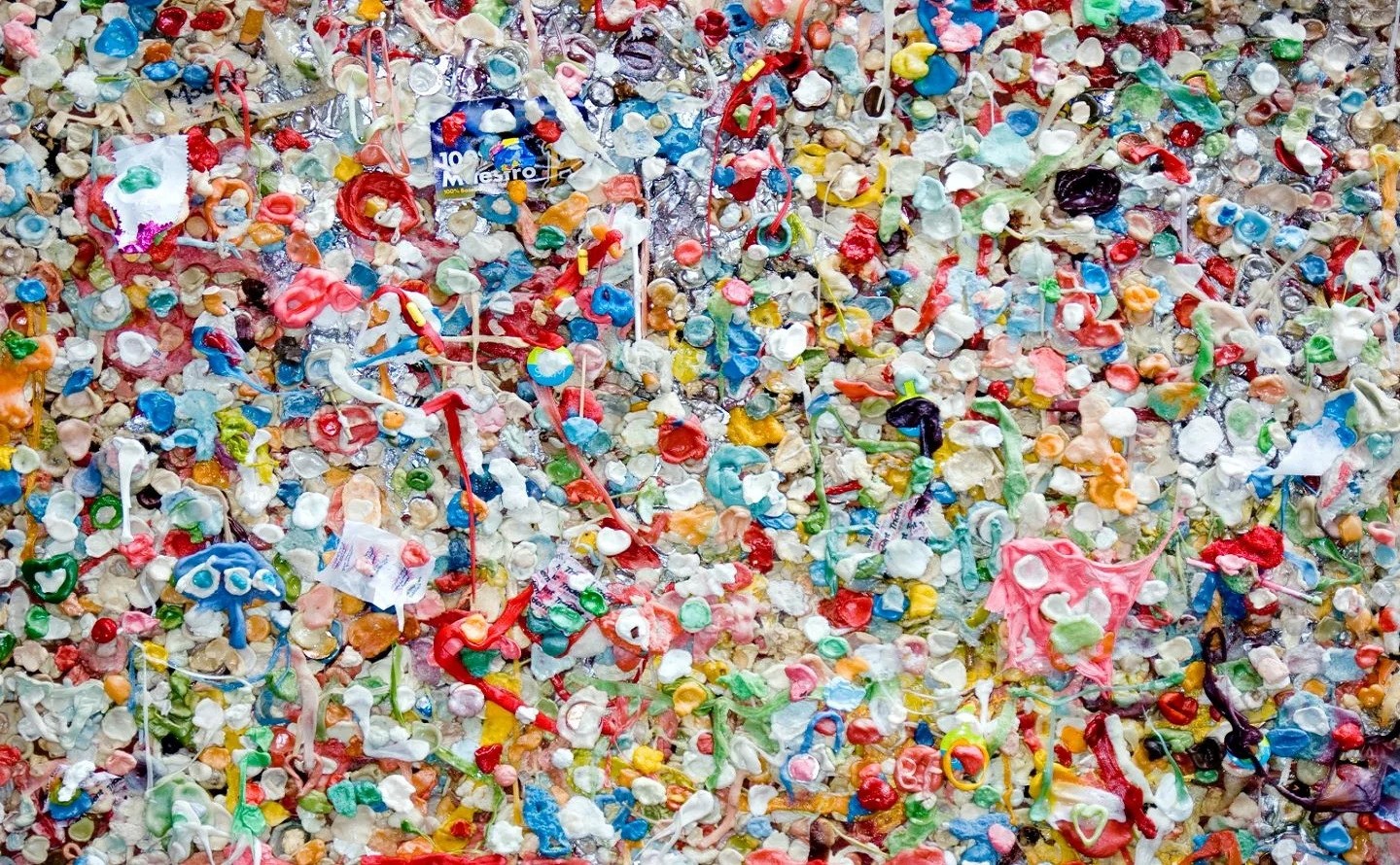
Interestingly, the study found that individuals over 55 years old had lower concentrations of microplastics in their testes. This suggests that older individuals might accumulate microplastics differently or experience physiological changes affecting microplastic presence.
Understanding these age-related variations is crucial for assessing long-term health risks associated with microplastic exposure.
Common Microplastics Identified
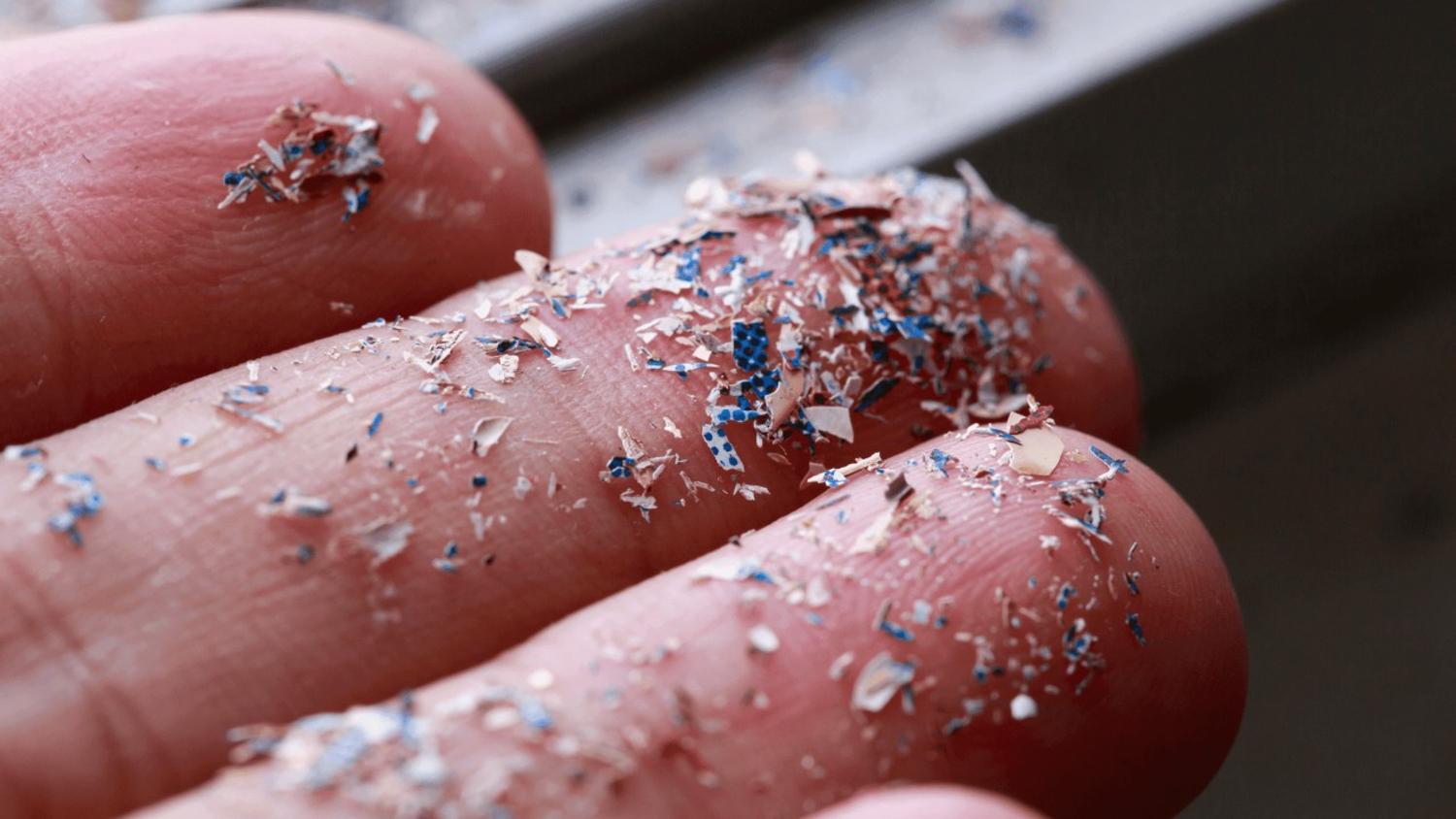
The study, published in Toxicological Sciences, identified polyethylene (PE) as the most prevalent microplastic, followed by polyvinyl chloride (PVC). These materials are commonly found in plastic food packaging, containers, and shower curtains.
Their presence in the human body is alarming and clearly conveys the need for greater scrutiny of everyday plastic use.
Microplastics Also Found in Semen
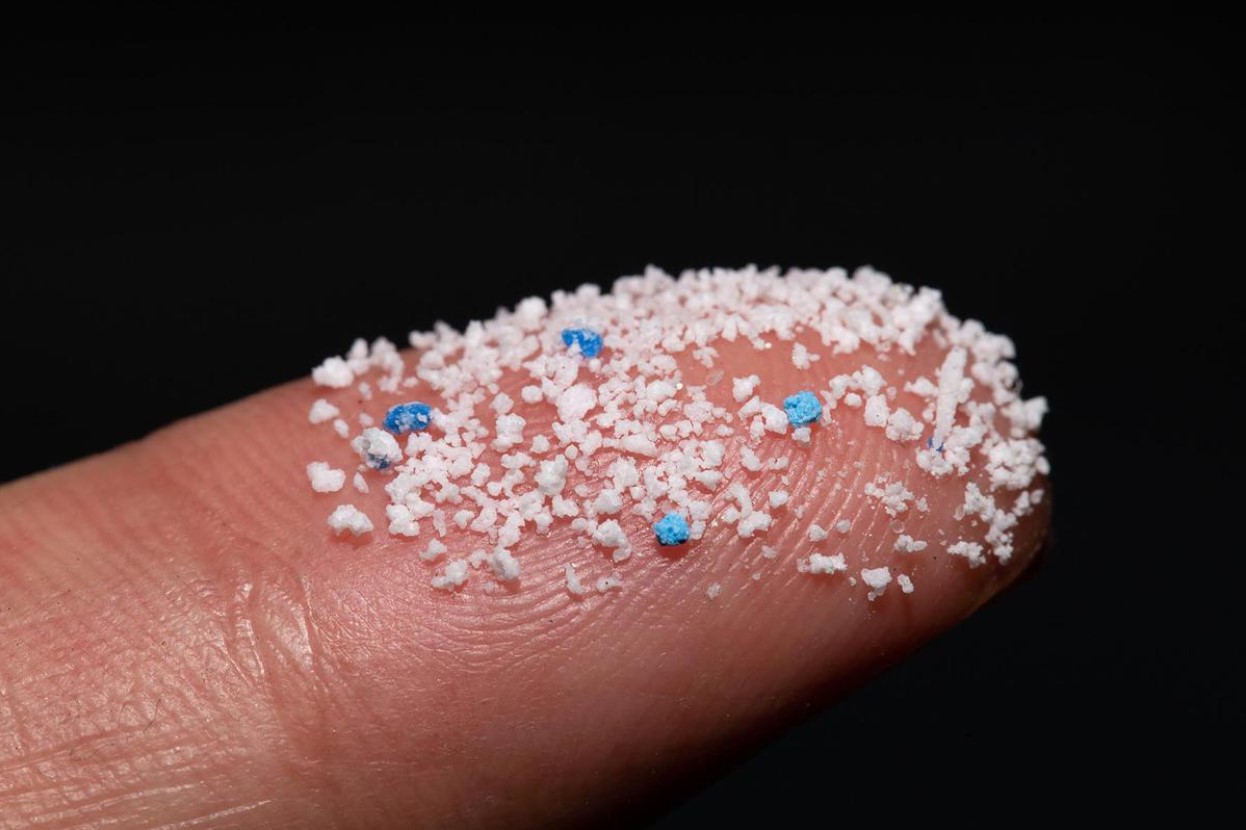
Supporting the study’s findings, a separate 2023 study discovered microplastics in six human testes and 30 semen samples. This further highlights the pervasive nature of microplastic contamination in human reproductive organs.
The implications for fertility and overall reproductive health are still being investigated, but the findings are concerning.
Concerns Over Reproductive Health

University of New Mexico professor Xiaozhong Yu expressed surprise at the results, stating, “I doubted whether microplastics could penetrate the reproductive system.”
The presence of these particles in testes and semen offers potential risks to male reproductive health, specifically. These findings necessitate urgent further research to understand the full extent of these risks.
Potential Endocrine Disruption
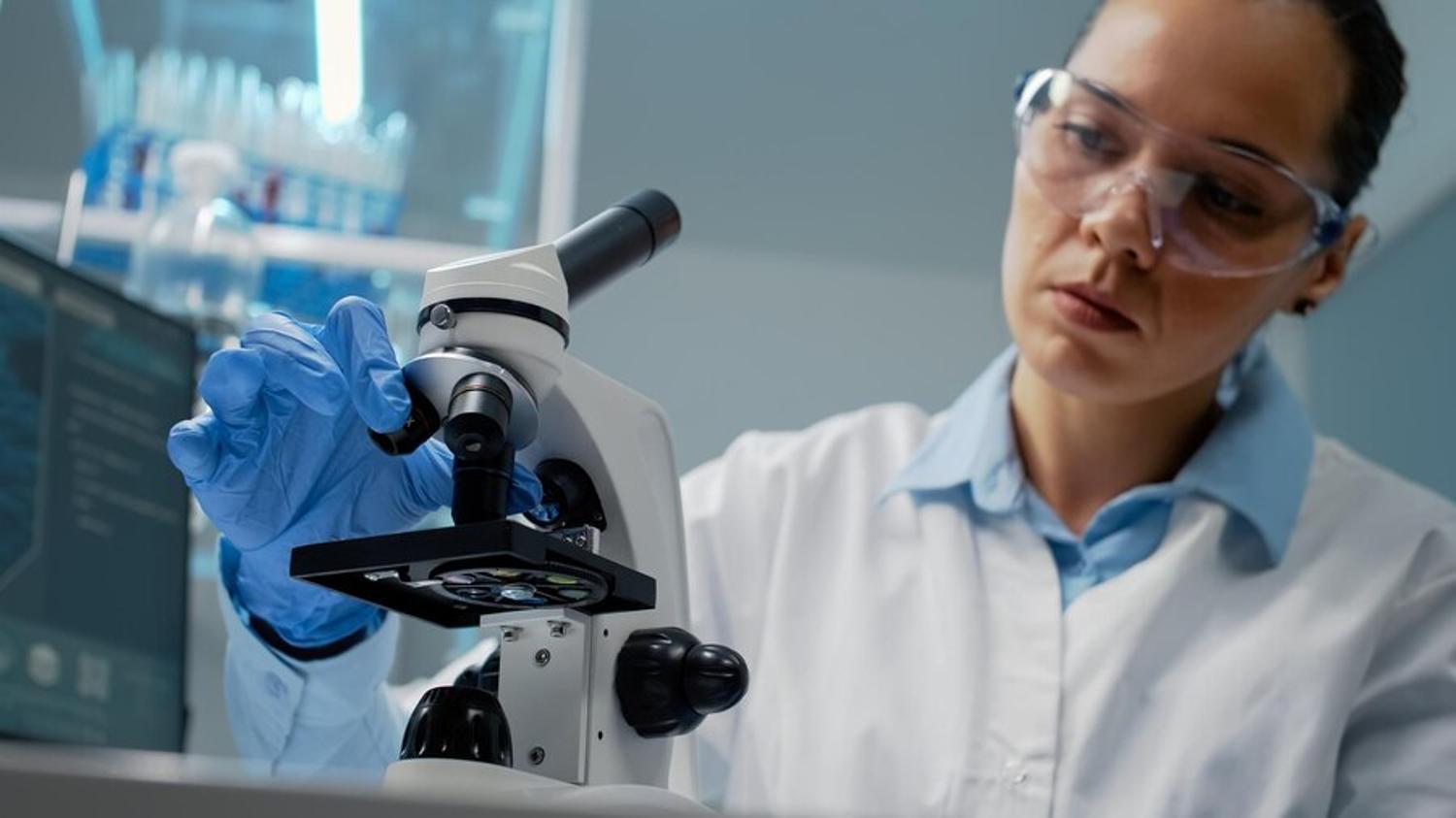
Yu emphasized that chemicals in PVC can cause endocrine disruption, potentially affecting sperm cell development. This is particularly concerning for younger generations, who may face greater exposure to these harmful substances over their lifetimes.
The impact on fertility and hormonal health needs closer examination to develop appropriate safety guidelines.
Microplastics Are Everywhere

Microplastics are found in the air, rainwater, and various parts of the human body, including placentas and lungs. Their ubiquitous presence makes it difficult to avoid exposure, raising concerns about long-term health effects.
The widespread contamination highlights the pressing need for solutions to mitigate exposure and potential health risks.
Environmental Impact
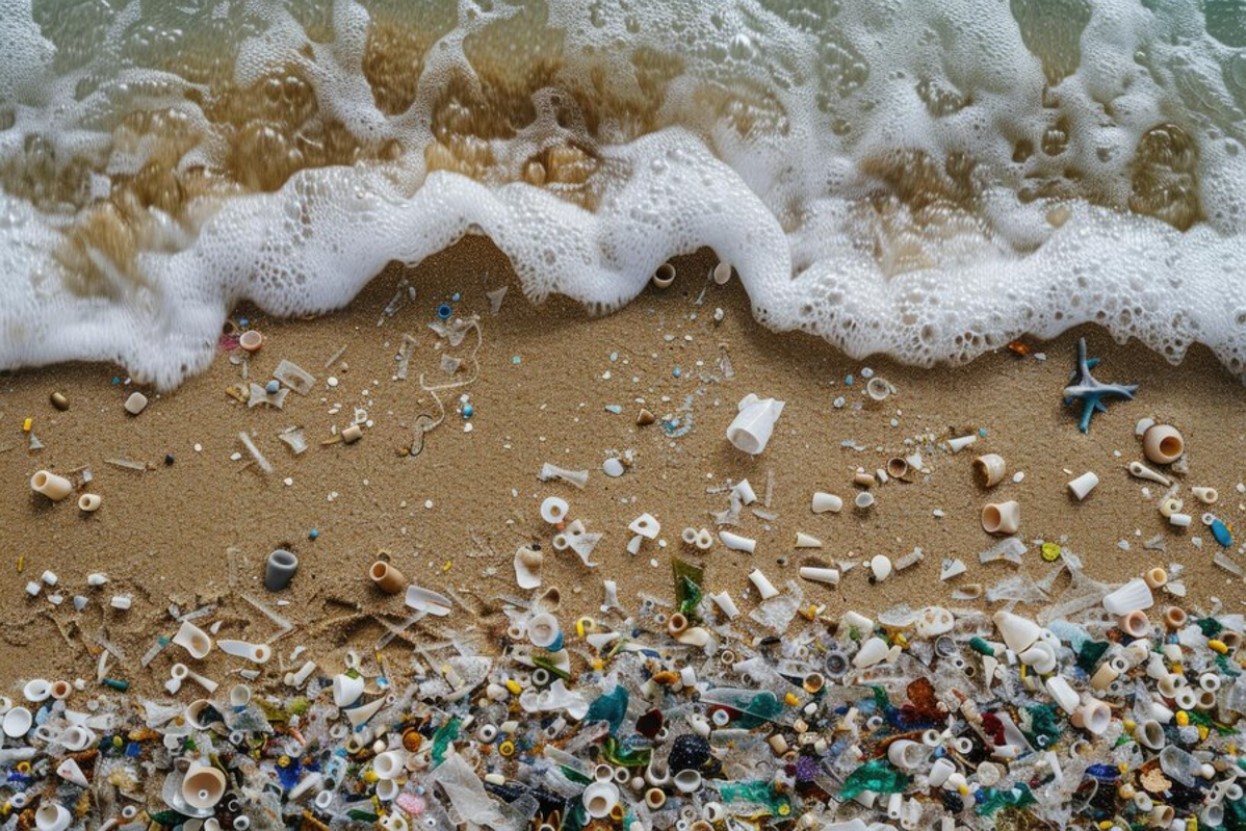
The United Nations Foundation reports that humans produce over 430 tons of plastic waste annually. Much of this waste ends up in landfills or as litter, releasing toxins that contribute to microplastic pollution.
These pollutants enter the environment and eventually make their way into the human body, compounding health risks.
Health Risks Beyond Reproduction
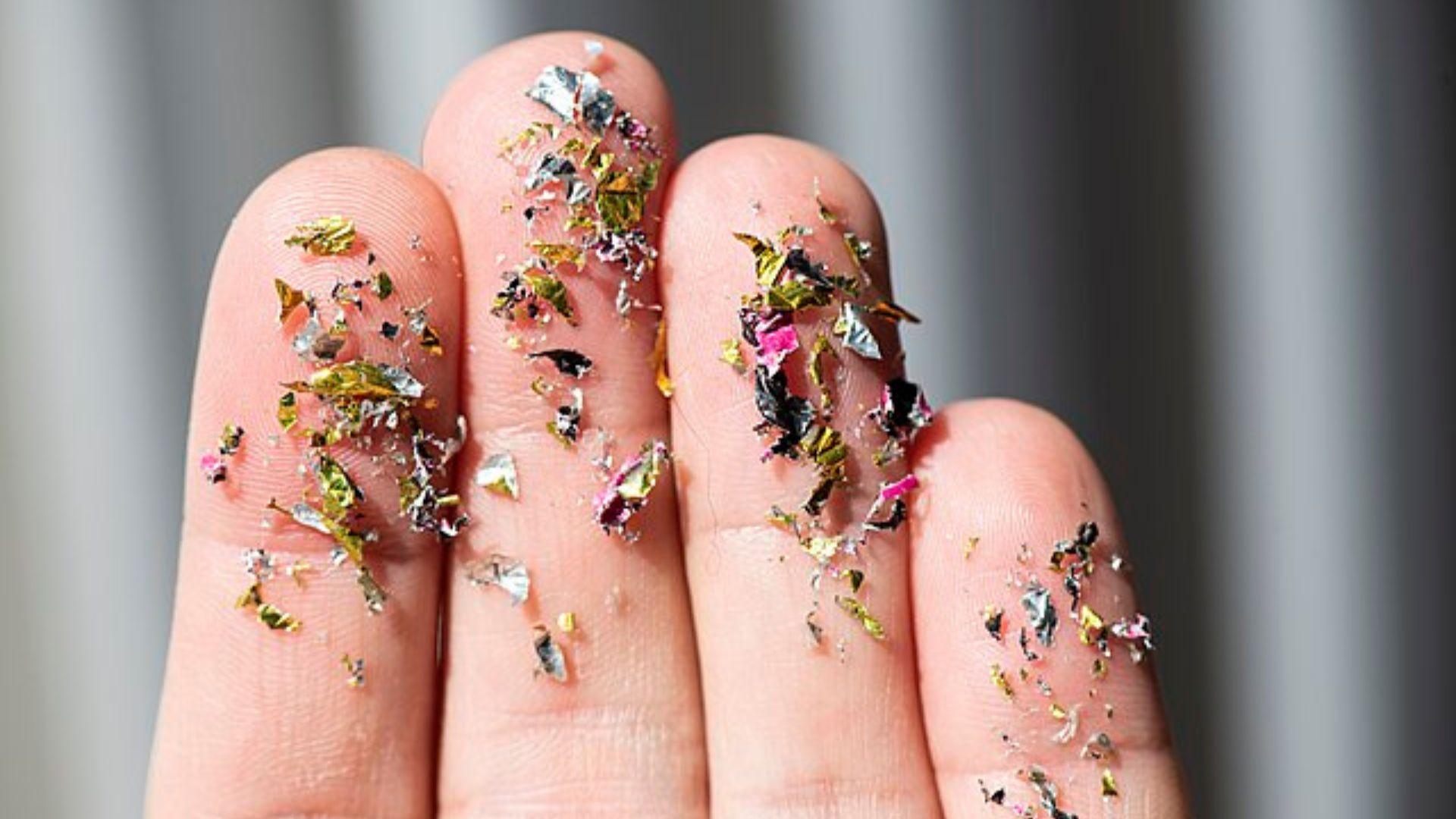
Beyond reproductive health, microplastics have been linked to other serious health issues. Researchers are investigating their connections to cancer, gastrointestinal problems, and dementia.
The broad spectrum of potential health risks associated with microplastics underscores the urgency of addressing this pollution problem comprehensively.
Solutions on the Horizon
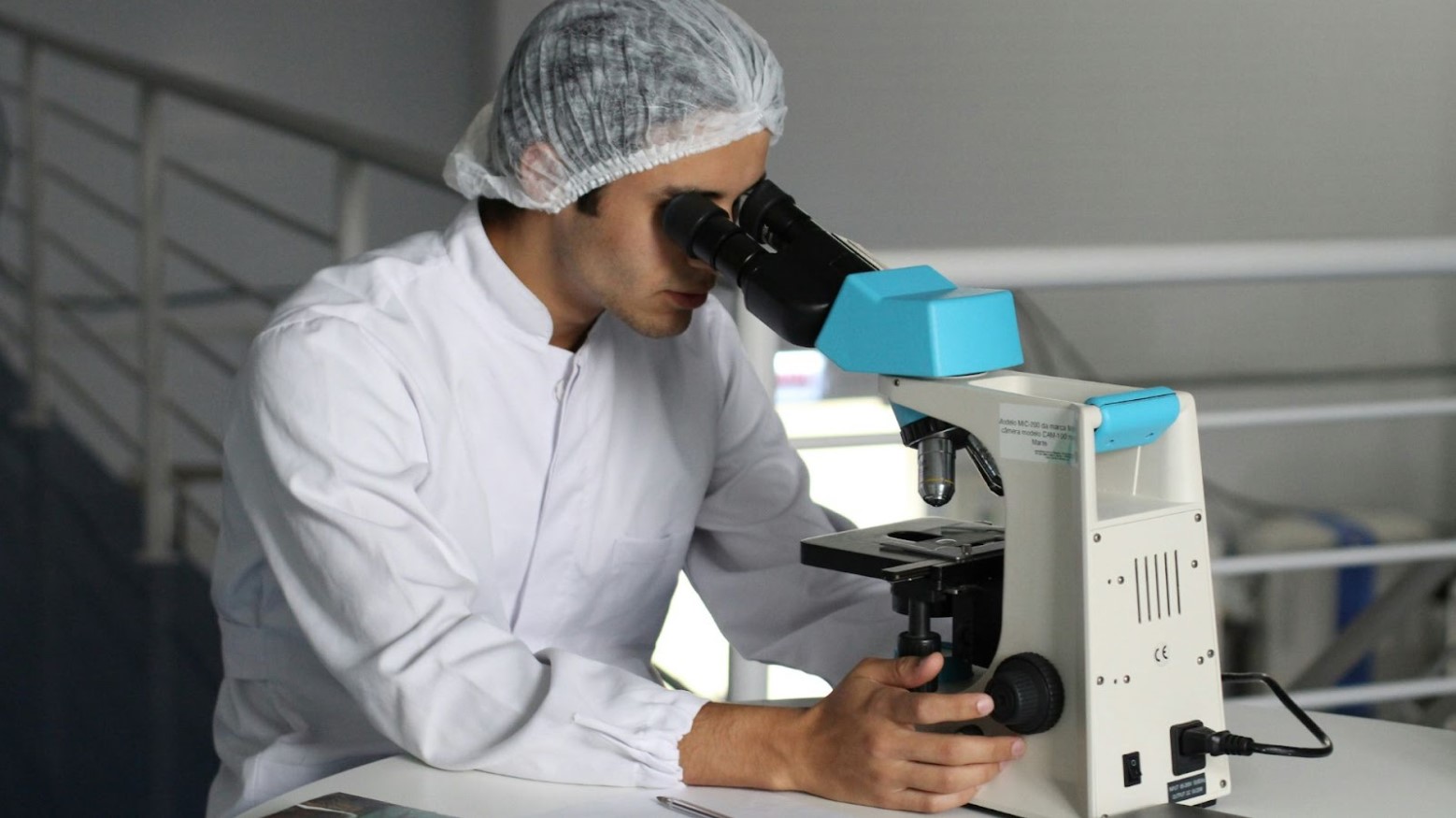
Researchers are exploring various solutions to combat microplastic contamination. Innovations include microfiber filters for laundry and advanced water filtration systems. These technologies aim to reduce the release and presence of microplastics in the environment.
Implementing such solutions can potentially help mitigate the health risks posed by these particles.
Personal Actions to Reduce Exposure
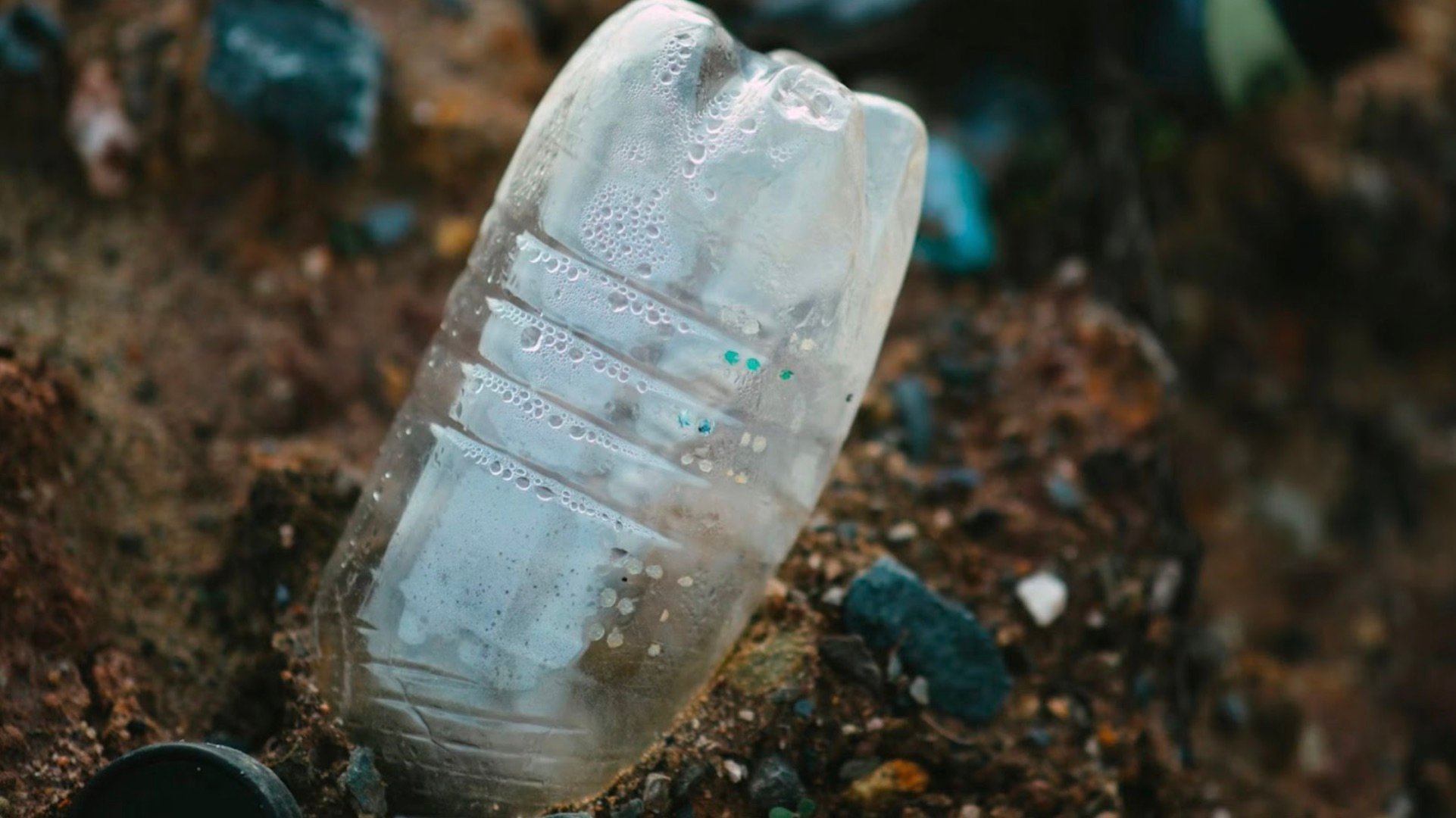
Individuals can take steps themselves to minimize their exposure to microplastics by opting for plastic-free alternatives. Products like metal razors, reusable lunch bags, and shampoo bars offer safer options that help reduce plastic waste.
These changes can significantly lower the amount of microplastics entering the environment and human bodies.
Call for More Research
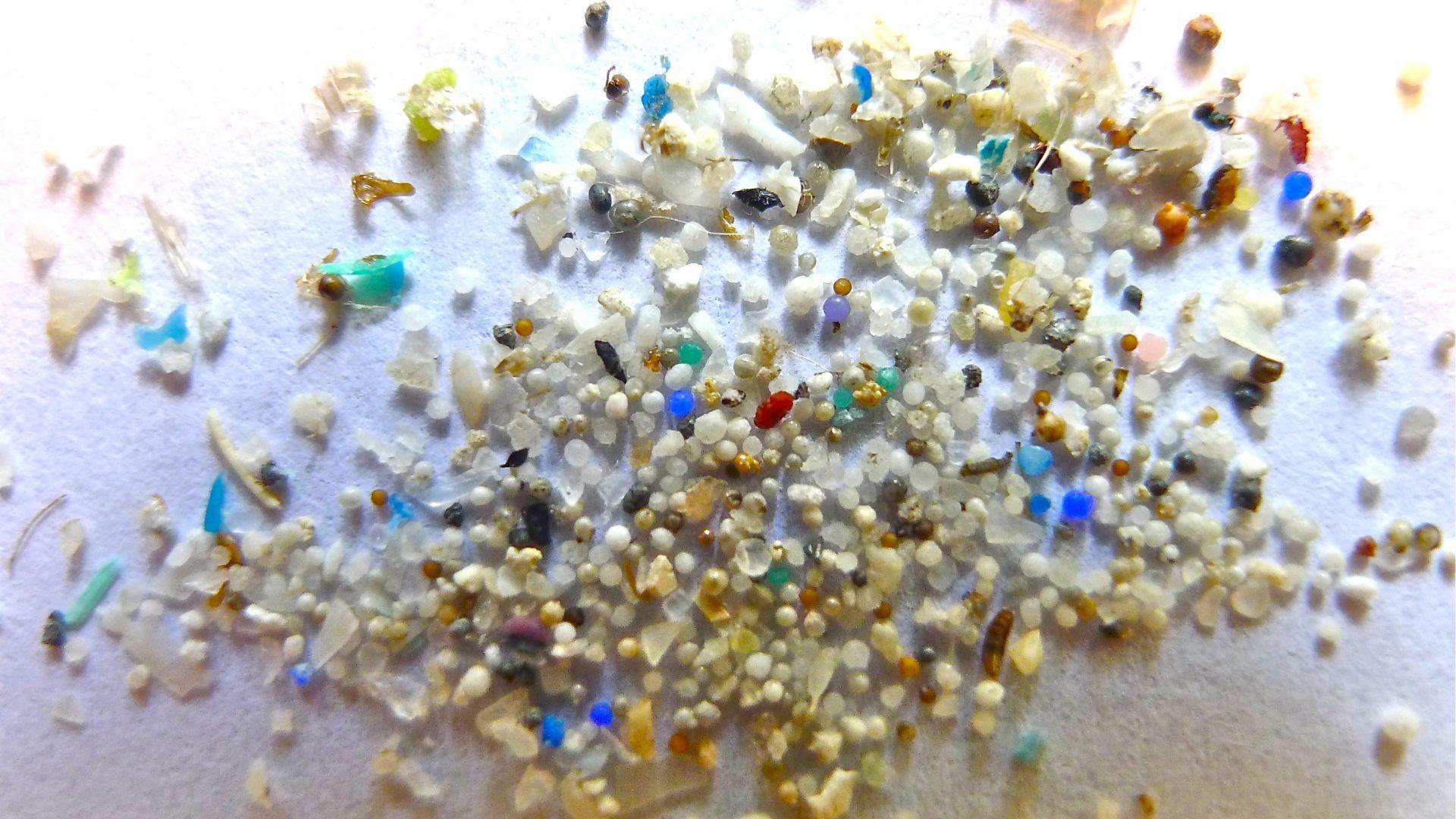
Scientists urge further studies to better understand the impact of microplastics on human health. Comprehensive research is essential to developing effective strategies to mitigate the risks posed by these pervasive pollutants.
By understanding the full extent of microplastic contamination, more effective regulations and solutions can be implemented to protect public health.








































